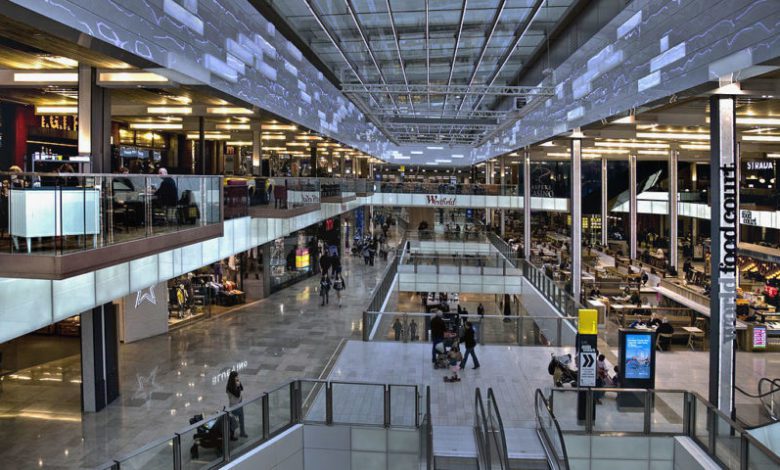Advice
How retailers can maximise profits and survive in 2019

It is no secret that the past year has been a challenging time for UK retail. Declining profits, closing shops and changing consumer behavior has contributed to the worst year in retail since the global recession a decade ago.
You'll need to
subscribe to unlock this content. Already subscribed? Login?




